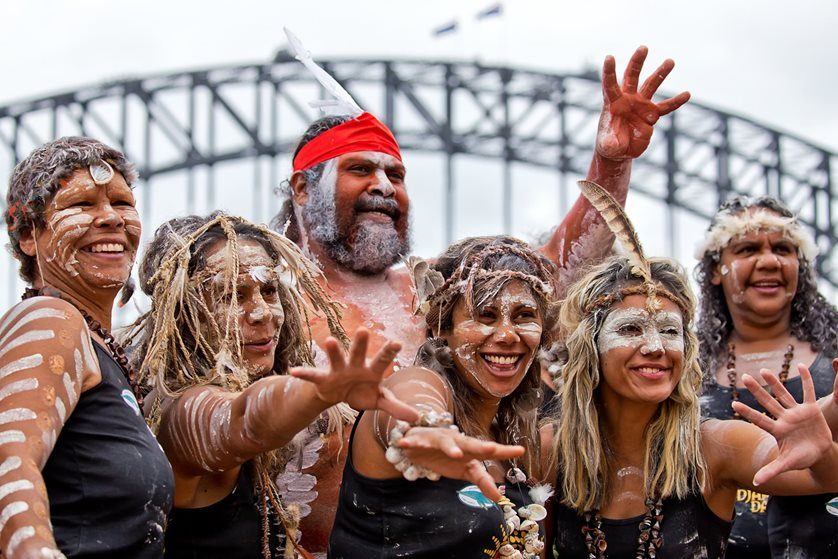First Nations culture is ingrained with the lands and waters that the people live on - an idea that is encapsulated in the term Country. According to the AIATSIS.gov website, "Country is the term often used by Aboriginal peoples to describe the lands, waterways and seas to which they are connected. The term contains complex ideas about law, place, custom, language, spiritual belief, cultural practice, material sustenance, family and identity."
One of the best ways to understand the First Nations connection to Country is to experience those landmarks, geographical locations, and traditional homelands yourself. See the beauty that the different First Nations people of Australia have been safeguarding for tens of thousands of years with our list of 7 First Nations cultural sites you absolutely must visit at some point in your life.










